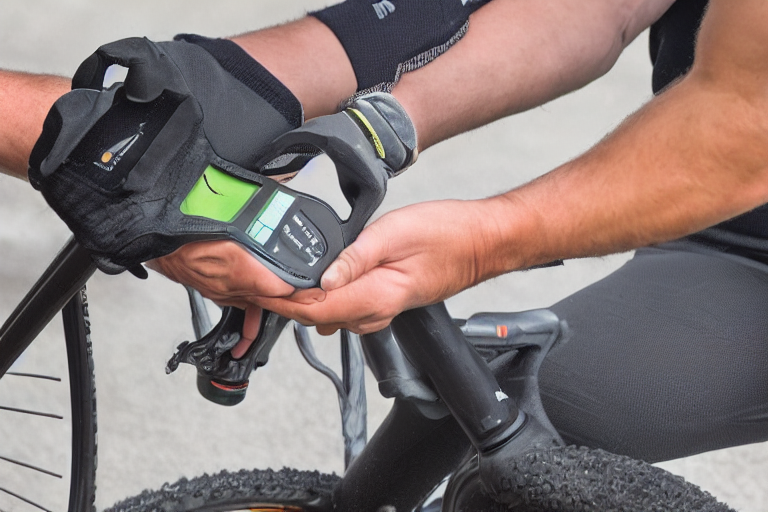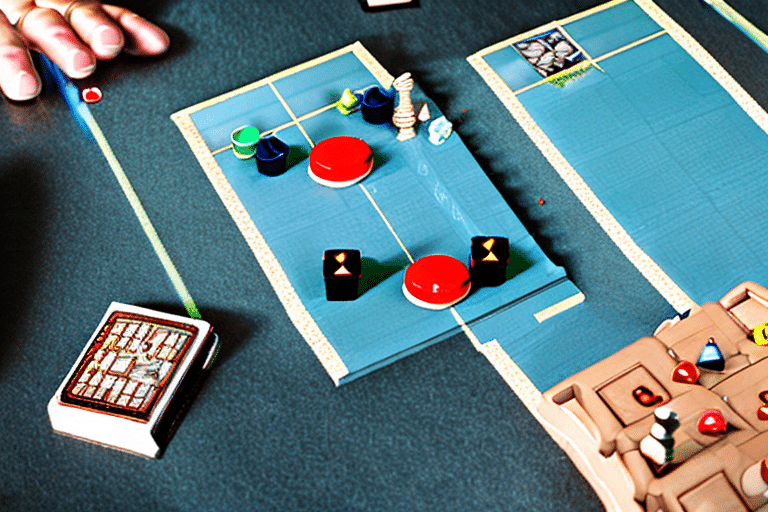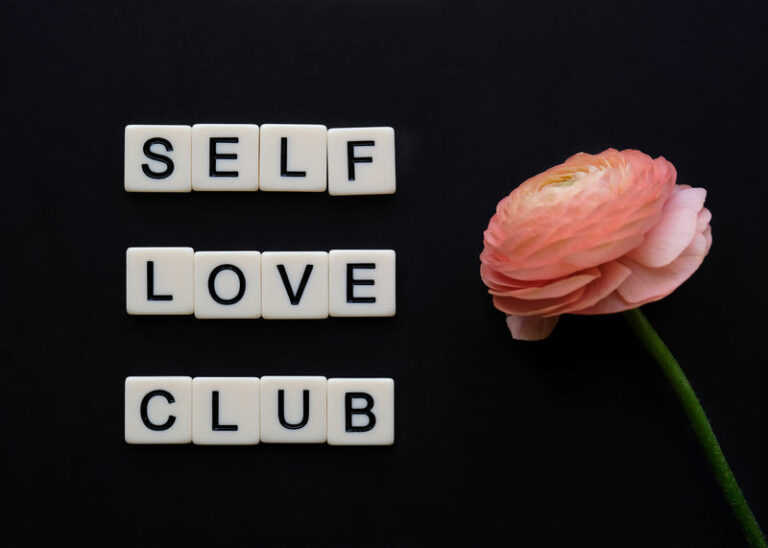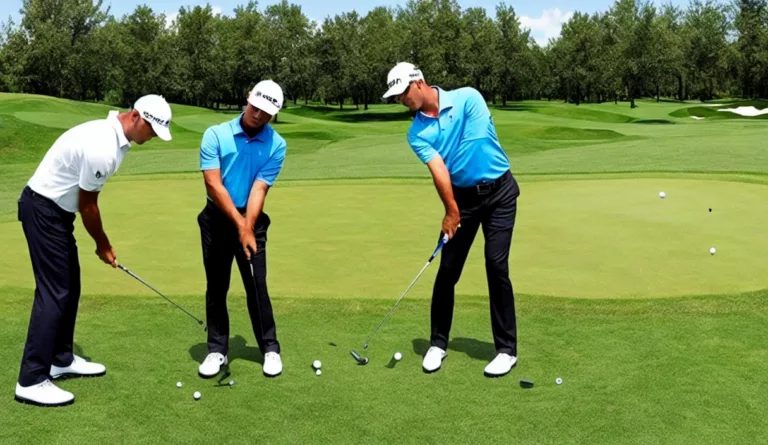How to Putt the Right Way, Exploit the Correct Grip Pressure
Are you sick of three-putting? Do you want to learn how to putt the right way with the correct grip pressure? Read on to find out how!
Introduction: How to Putt the Right Way with the Correct Grip Pressure
The proper grip pressure on a golf club is essential for putting. Too much or too little grip pressure can cause inaccuracy and poor stroke execution.
There are a few things to consider when grip pressure is being applied to the club. The first is the type of putter being used. For a standard putter, the grip should be placed just behind the center of the ball. For an offset putter, the grip should be placed in front of the ball.
The second consideration is the position of the hands on the clubface. The hands should be positioned so that they are perpendicular to the ground and slightly ahead of the ball. This will help keep the hands stable and allow for a smooth stroke.
Finally, it is important to adjust grip pressure based on how you are striking the ball. For straight shots, apply more grip pressure than for hook shots or fade shots.
The Three Types of Golf Grips
Golfers can have three different grips on their clubs: an inside-out grip, an outside-in grip, and a neutral grip. The inside-out grip is when the thumb is placed tucked in next to the backhand side of the clubface. The outside-in grip is when the thumb is positioned halfway down the shaft of the club, and the neutral grip is when no pressure is applied to either hand.
Different grips produce different levels of pressure and allow golfers to putt in a variety of ways. For example, with an inside-out grip, golfers use more wrist action than with a neutral or outside-in grip. This allows them to throw their wrists forward while putting and power their shots into the hole. With an outside-in grip, golfers rely less on wrist action and more on elbow movement to drive their balls straight.
The best way to find out what type of Grip Pressure feels most comfortable for you is through trial and error. Start by practicing your Putting stroke with just your hands without using any club until you feel confident with how it feels. Then try using one type of Golf Grip Pressure (inside out or outside in) while Putting; notice how this affects your Stroke Efficiency (SE). Experiment until you find which Golf Grip Pressure gives you consistent results on each Putt from Long range (150 ft+) up to Short Range (<30 ft).
Finding the Perfect Grip Pressure for Your Swing
There are three main ways to grip a golf club: tight, loose, and neutral. It is important to find the grip pressure that fits your individual swing – and helps you hit the ball straight and accurately.
To find your perfect grip pressure, start by testing it out on some simple shots. An easy way to do this is to take a practice tee shot with a different club from each of your bag positions (short irons, middle irons, long irons). Try using different grips (tight, loose) and see what feels best for you. You’ll soon notice which type of grip gives you consistency and accuracy when hitting shots from different distances.
Now that you have found your preferred grip pressure, use it on every shot from all clubs in your bag! Experiment with various speeds and angles to fine-tune your swing technique. Remember: The more consistent you are at hitting shots from all distances and directions, the better off you’ll be on the golf course!
Grip Pressure And Clubface Alignment
One common mistake golfers make is gripping the club too tightly. This can cause the clubface to rotate around its vertical axis and affect the way the ball strikes the clubhead. Too much grip pressure can also cause you to overswing the club, making it difficult to hit clean shots.
To find your optimal grip pressure, start by trying a few different techniques with different amounts of pressure. Remember that more pressure will produce a harder swing and less pressure will result in a lighter swing. Experiment until you find a comfortable grip that allows you to make consistent contact with the ball while maintaining good Clubface Alignment.
The Right Way to Putt
There are a few things to keep in mind when gripping a golf club. The grip pressure should be firm but not too tight, and the clubface should be aligned perpendicular to the ground. The right grip pressure will help you generate power and control while putting. Experiment with different pressures to find what works best for you.
The Correct Grip Pressure
When putting, the grip pressure should be applied evenly to the clubface at all times. This will ensure that the clubface is in the correct alignment and that the ball will travel straight. There are a few different ways to apply grip pressure, but the most common is to place your thumb on top of the clubface and use your other fingers to hold down the club. Another way to grip a golf club is with your thumb on top of the club and your three middle fingers behind the clubface.
Putting with the Correct Grip Pressure
There is no definitive grip pressure for putting as the amount of pressure you use will vary depending on your individual stroke. There are a few general guidelines however, which can help you putt with the correct grip pressure.
It is important, first, to keep your line oriented with the ball. This means your chin should be in line with your spine and your shoulders should be square with the target. To achieve this alignment, you need to maintain a consistent grip pressure throughout your stroke.
It is also important to use a light grip pressure when putting. Too much pressure will cause you to lose control of the clubface and results in poor putting. Instead, focus on a gentle touch that allows you to putt with accuracy and consistency.
Lastly, it is important to keep your back and hips square to the target at all times during your putting stroke. This will help you maintain consistent grip pressure and prevents you from swinging too hard.
The Importance of a Proper Grip in Putting
There are a few things you can do to ensure that you putt the right way with the correct grip pressure. First, make sure that you have a firm grip on the club. Second, make sure that your hands are positioned evenly on the clubhead. Finally, ensure that your wrists are in a neutral position. By following these tips, you will be able to putt with the correct grip pressure and achieve better results.

How to Improve Your Putting Stroke by Adjusting Your Grip Pressure
A common myth amongst amateur golfers is that they need to putt with the “palm-down” grip. In reality, the proper grip pressure for putting can be determined by how you feel during your backstroke: when your hand and forearm are in line with your spine and shoulder blade as you sink into the putting stroke, this is called a neutral grip. Once you’ve achieved neutrality, experiment with different grip pressures to find what works best for you. A too-tight grip will cause premature club head recoil and weak contact between clubface and ball; a too-loose grip results in sloppy wrists, wild swings and poor control of your shot. Always aim to strike the ball squarely on the sweet spot of the green while maintaining good balance throughout your stroke. Practice regularly with various techniques until they become second nature!

Concluding Thoughts: Why Proper Grip Pressure is Important in Putting
There are a few things to consider when it comes to the grip pressure if putting. Firstly, you want to ensure that the pressure is consistent throughout the stroke. First you want to apply the right amount of pressure so that your clubhead doesn’t move too much and cause inconsistent shots. Finally, you want to make sure that you have a good balance between grip pressure and wrist rotation.
The most important thing to remember is that grip pressure has to be consistent throughout the stroke. If you apply too much pressure or too little pressure, your clubhead will move around and make inconsistent shots. It’s important to find a balance between grip pressure and wrist rotation so that you don’t over or undershoot the ball
It is also important to remember that you need to apply the correct pressure so that your clubhead doesn’t move too much and cause inconsistent shots. Too much grip pressure will cause your clubhead to move while too little grip pressure will result in poor contact with the ball. You want to find a balance between grip pressure and clubhead movement so you can hit consistent shots.
If you want to improve putting, it’s important to have the right grip pressure. Too much grip pressure can cause the clubface to close while too little grip pressure can cause the clubface to open up. Finding the perfect grip pressure for your swing can help you improve accuracy and consistency on the green.
For more tips on improving your golf game, check out our other content.








